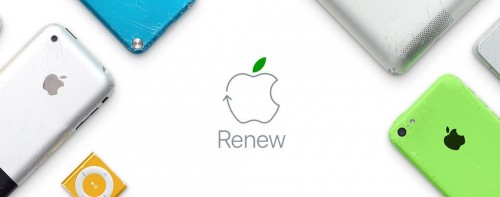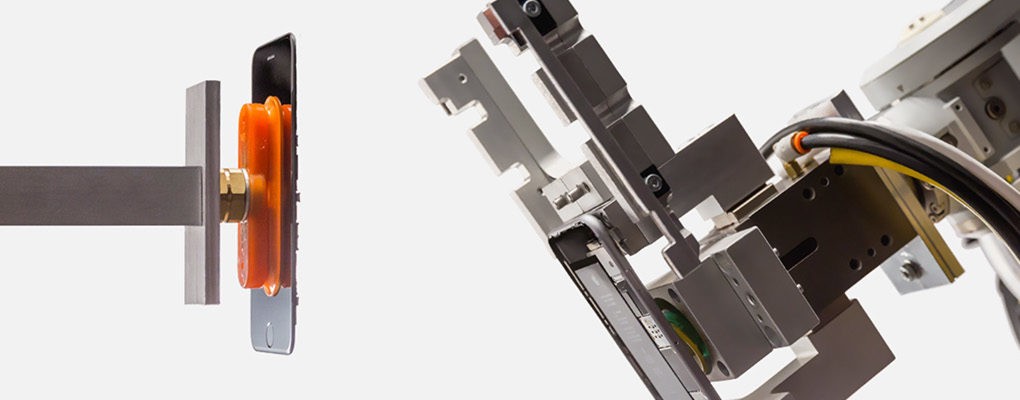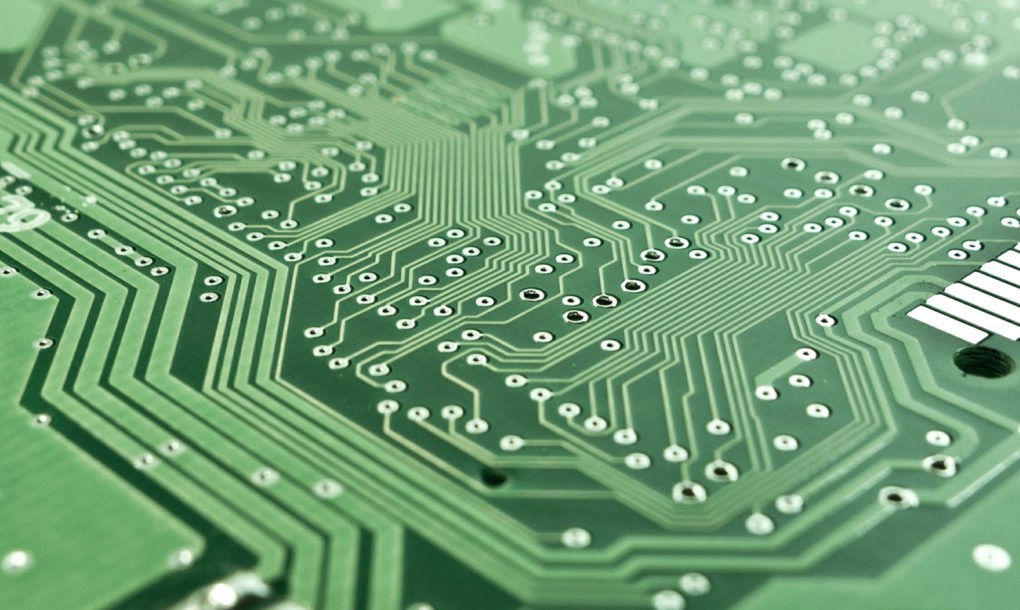RECOMMENDED VIDEOS

Forest Sector Education and Training for Green Employment
sadc-forest UNIDO

STeP - Sustainable Textile Production
International Association for Research and Testing in the Field of Textile Ecology (OEKO-TEX)

Tokyo Metropolitan SME Support Center : Supporting SME…
Tokyo Metropolitan SME Support Center

Hisco : Wind Power Training System – LabVolt Series…
Hisco (Malaysia) Sdn Bhd

Asean IPR (Intellectual Property Rights) SME Helpdesk -…
ASEAN IPR SME Helpdesk
Related Stories
Bronx community garden transformed with sustainable improvements
The Philippines envisions a green smart city to combat pollution in Manila
Flawed recycling results in dangerous chemicals in black plastic
IE Expo 2018: Asia's Leading Trade Fair for Environmental Technology Solutions
London store recycles 60,000 plastic bottles for 3D-printed interior
21 Apr, 2017

Apple announces plans to make all products from recycled materials
Others | UNITED STATES | 21 Apr, 2017
Published by : Eco Media Asia
Apple just announced plans to close the loop and make all of its products from recycled materials. We tend not to realize how damaging our electronics are for the environment – from mining materials to the toxic effects when we dump them. Apple starting tackling these problems last year with its recycling robot, and now the electronics giant wants to only use recycled materials in its devices.

Apple recently released its latest environmental report, and in it, the company claims that it is working towards using recycled materials to create its next generation of products. This will happen, in part, by reclaiming and re-using old Apple devices. Obviously they aren’t there yet, but Apple has never been shy when setting goals.

Apple has been steadily shifting towards renewable resources. Its data centers all run on renewable energy, and it has partnered with or built its own solar and wind farms to generate the energy it needs. The company has also been recycling old devices, which saved Apple over $40 million in gold re-use alone.
Article from inhabitat.com
by Kristine Lofgren
